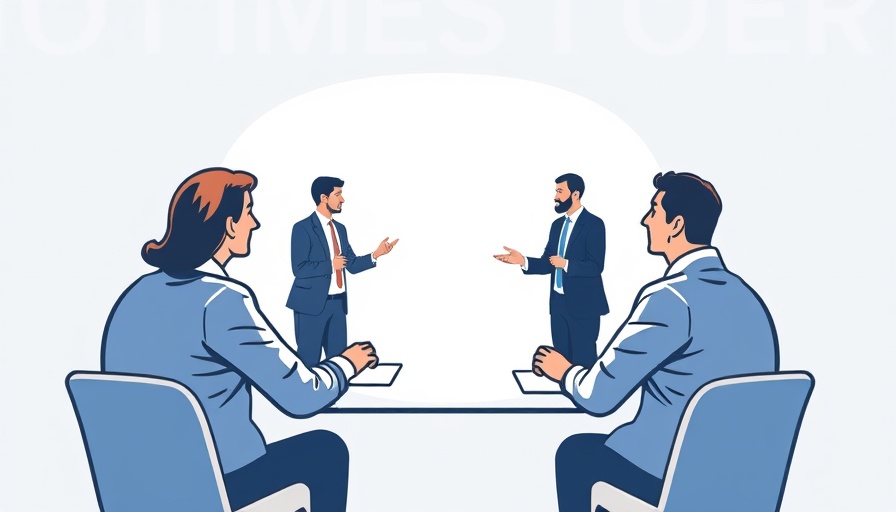
Effective Meetings: A Cornerstone of Modern Leadership
In today’s fast-paced workplace, the quality of meetings can significantly influence team dynamics and overall performance. For people leaders, transformation officers, and C-suite executives, mastering the art of leading effective meetings is not just a skill—it's imperative. Despite the growing prevalence of hybrid work environments, the essentials of conducting meetings that foster collaboration and inclusiveness remain unchanged. These strategies will not only enhance productivity but also create an atmosphere that promotes employee trust and psychological safety.
Engaging Your Team: Strategies for Inclusive Leadership
In a post-pandemic workplace, fostering a culture of inclusivity is paramount. Leaders must navigate generational differences and diverse perspectives with sensitivity and understanding. Techniques such as inviting input from quieter team members, utilizing breakout sessions for smaller discussions, and actively addressing any disengagement can transform a routine meeting into a space of collaboration. This emphasis on inclusive leadership ensures that every voice matters, contributing to a richer dialogue and a robust company culture.
Tools and Techniques to Enhance Meeting Efficiency
To maximize the effectiveness of meetings, leveraging the right tools is essential. Digital platforms that allow for real-time collaboration can enhance participation, especially in hybrid environments where some members may be remote. Incorporating structured agendas can also streamline discussions, ensuring that meetings remain focused and productive. Moreover, employing techniques such as time-boxing discussions can help prevent digressions and keep engagements brief yet meaningful.
The Role of Change Management in Meeting Dynamics
As organizations evolve, navigating workplace changes can be challenging. Leaders need to embrace change management strategically within meetings by addressing potential shifts directly and encouraging an open mindset among team members. Discussing elements of organizational resilience can inspire confidence during transitions and promote a culture of adaptability. By framing meetings as opportunities for discussion and feedback on change, leaders can create a sense of shared ownership during transformation periods.
Future Predictions: The Next Evolution in Meeting Culture
The future of meeting culture points towards a more hybrid and flexible approach. As workplace evolution continues, we can expect a greater reliance on digital collaboration tools and methodologies that prioritize psychological safety. These tools will not only facilitate more effective communication but should also foster a culture of trust. Companies that prioritize these strategies are likely to see improved engagement and productivity among their employees.
In conclusion, as workplace culture adapts to include hybrid models and diverse team dynamics, leaders must enhance their meeting strategies to reflect these changes. Adopting inclusive practices, leveraging the right tools, and implementing change management strategies will strengthen company values while building employee trust. As you strive to lead more effective meetings, consider how these insights can be applied to empower your teams and enhance overall organizational health.
 Add Row
Add Row  Add
Add 




Write A Comment